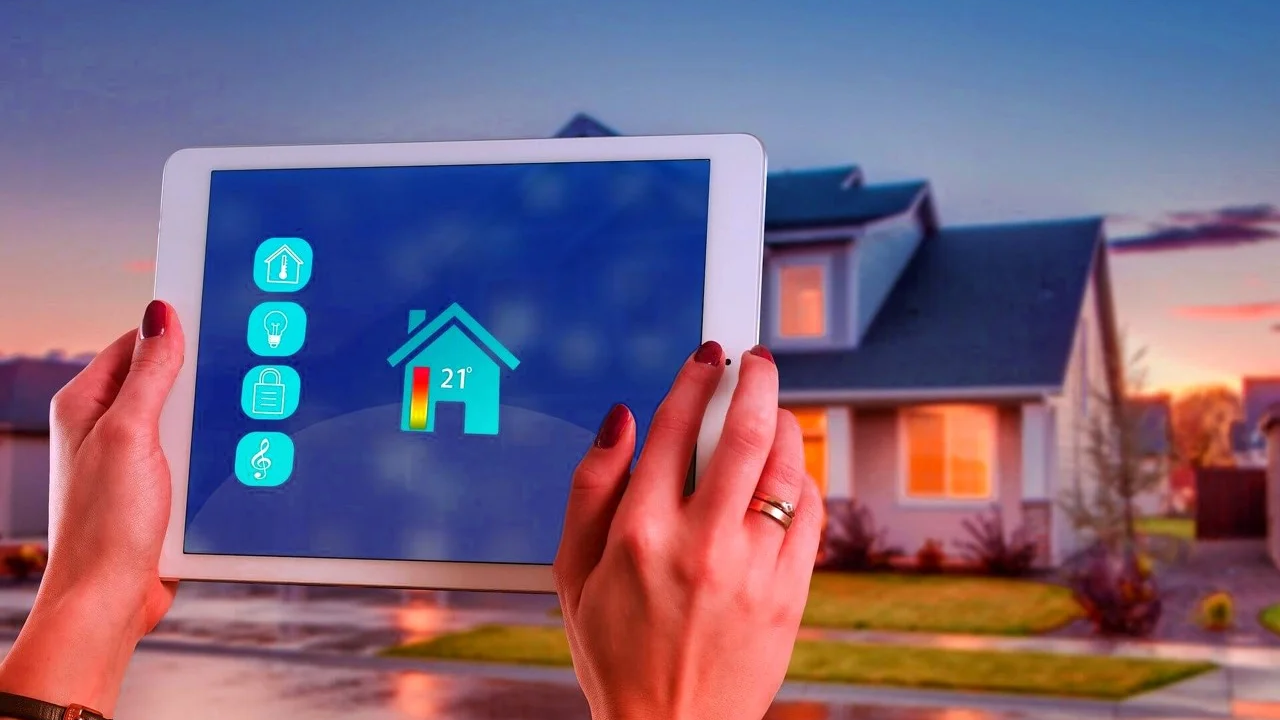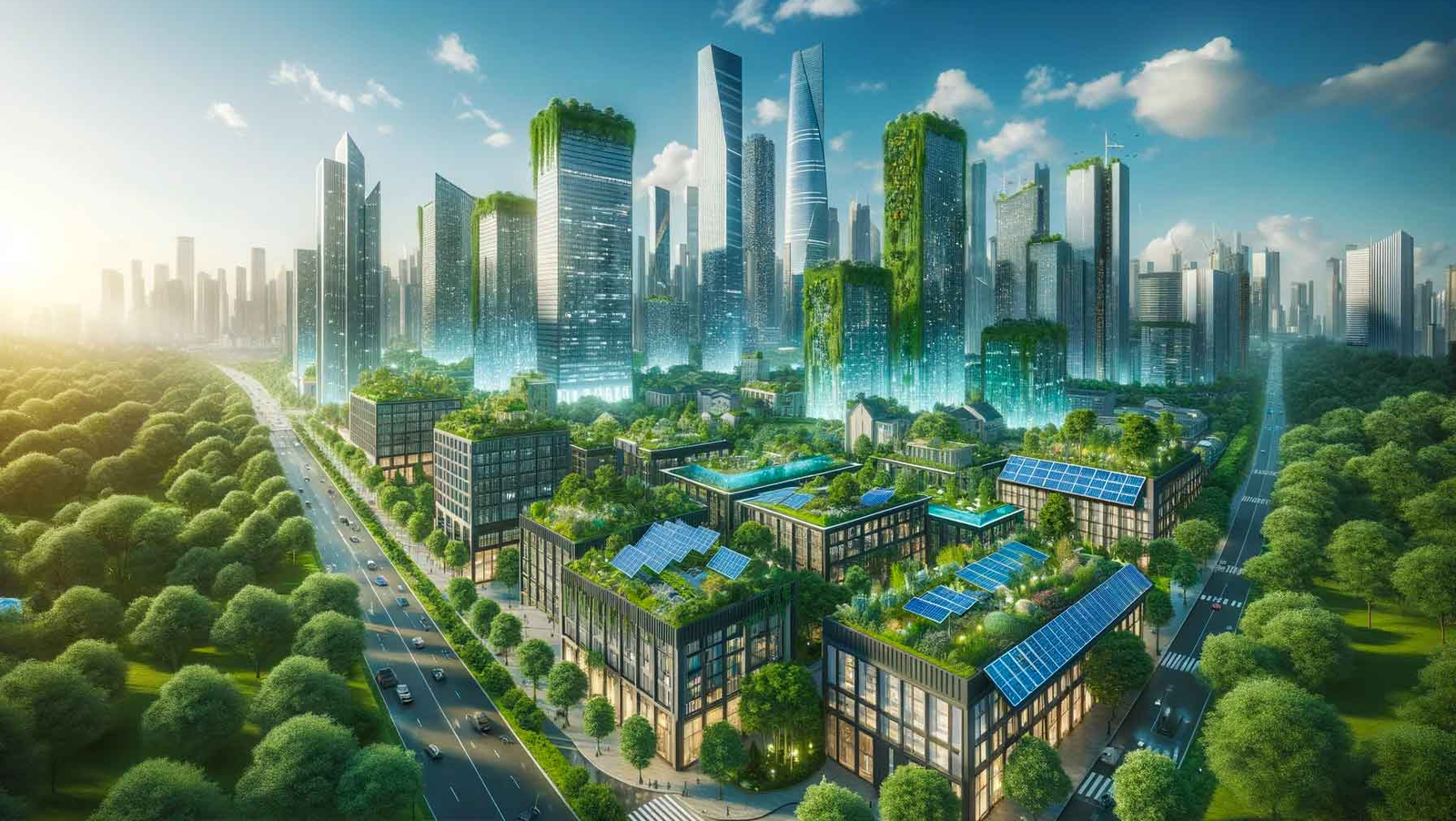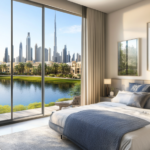Now Reading: Eco-Friendly Living Spaces: 7 Powerful Ways Changing Cities 2025
-
01
Eco-Friendly Living Spaces: 7 Powerful Ways Changing Cities 2025
Eco-Friendly Living Spaces: 7 Powerful Ways Changing Cities 2025
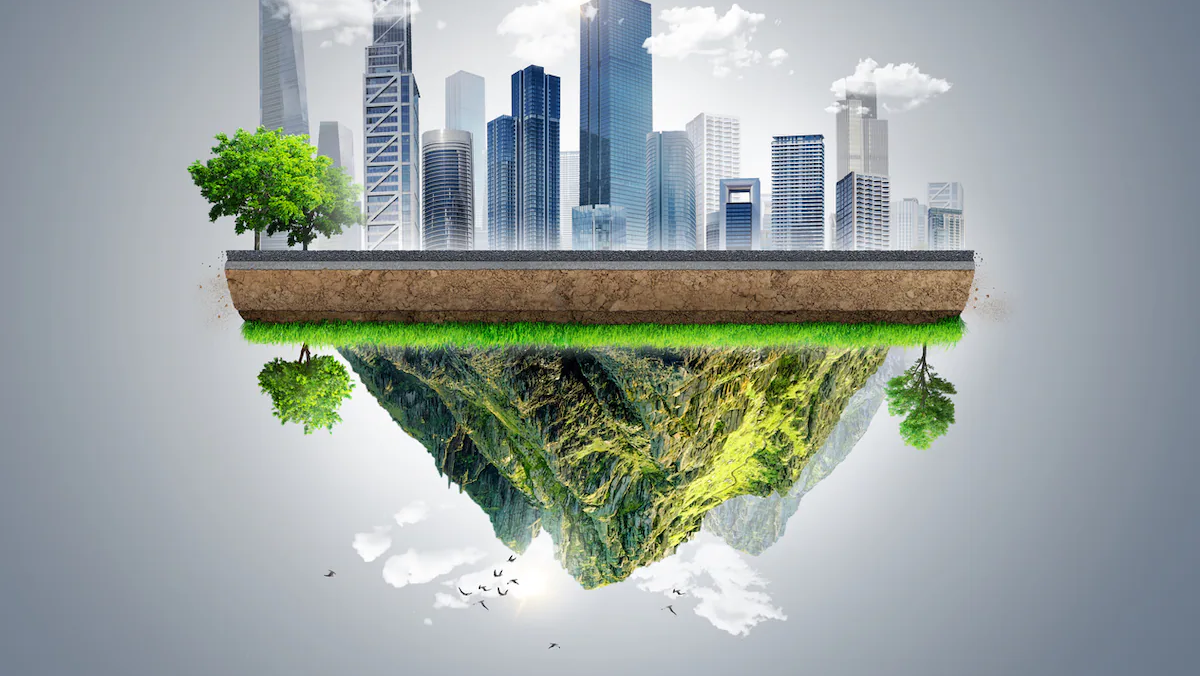
Table of Contents
Across the world, the idea of home is changing. Modern living is no longer just about comfort and style it is also about Eco-Friendly sustainability. Rising concerns about climate change, pollution, and the growing demand for healthier lifestyles are pushing people toward eco-friendly living spaces. From green architecture to energy-efficient appliances, sustainable communities are becoming the future of urban development.
This shift is not just a trend it is a movement shaping how cities grow and how people live.
What Makes a Living Space Eco-Friendly?
Eco-friendly living spaces are designed to reduce environmental impact while improving the quality of life for residents. These spaces usually include:
- Energy Efficiency: Homes built with smart lighting, solar panels, and energy-saving systems.
- Sustainable Materials: Use of recycled wood, bamboo, stone, and other eco-construction materials.
- Water Conservation: Rainwater harvesting, low-flow showerheads, and smart irrigation systems for landscaping.
- Green Design: Open spaces, natural lighting, rooftop gardens, and vertical greenery to improve air quality.
- Waste Management: Recycling facilities and composting systems integrated into communities.
The aim is simple—create homes that are healthier, cheaper to maintain, and less harmful to the planet.
Why the Demand Is Growing
There are several reasons why more people are choosing eco-friendly homes.
- Climate Awareness: With rising temperatures and increasing natural disasters, people are becoming more conscious of how their choices affect the planet.
- Cost Savings: While eco-friendly homes may be slightly expensive to build, they save money in the long run through lower electricity and water bills.
- Government Support: Many countries are offering tax breaks, subsidies, and incentives to encourage sustainable housing.
- Health Benefits: Living in green spaces with better air quality and natural light leads to improved physical and mental well-being.
- Real Estate Value: Eco-friendly homes often have higher resale value and attract environmentally conscious buyers.
This growing awareness is pushing both developers and buyers to think greener.
Global Examples of Eco-Friendly Living Spaces
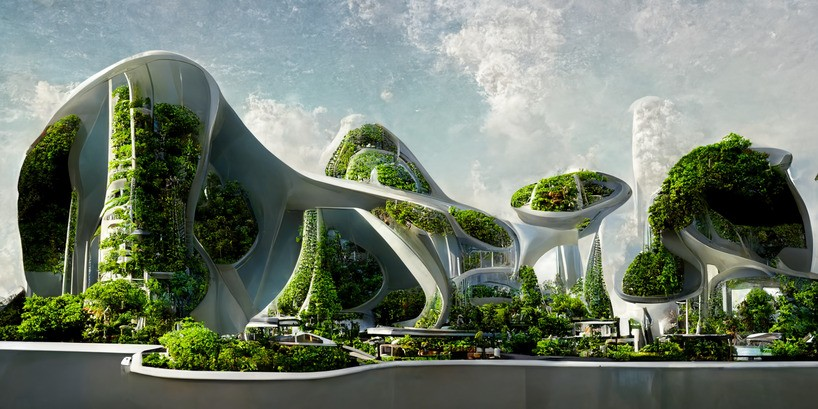
Across the globe, cities are embracing sustainable design.
- Dubai, UAE: The Sustainable City is a community fully powered by renewable energy, with solar panels on every building and car-free zones for residents.
- Singapore: Known as the “Garden City,” Singapore integrates rooftop gardens, vertical forests, and green-certified buildings into its urban planning.
- Copenhagen, Denmark: Aiming to become carbon-neutral by 2025, Copenhagen leads with bicycle-friendly streets, renewable energy, and eco-housing projects.
- California, USA: Cities like Los Angeles are encouraging green-certified homes with water-saving systems due to drought conditions.
These projects show that eco-friendly living is not just a vision for the future it is already happening.
Challenges in Building Eco-Friendly Homes
While the benefits are clear, there are also challenges.
- Higher Initial Costs: Sustainable construction materials and green technologies can be more expensive.
- Limited Awareness: Not all buyers understand the long-term benefits of eco-friendly living.
- Space in Cities: In crowded urban areas, adding gardens or green zones can be difficult.
- Policy Gaps: In some countries, lack of strict environmental policies slows down adoption.
Despite these obstacles, the trend is moving forward as technology improves and awareness spreads.
The Role of Technology
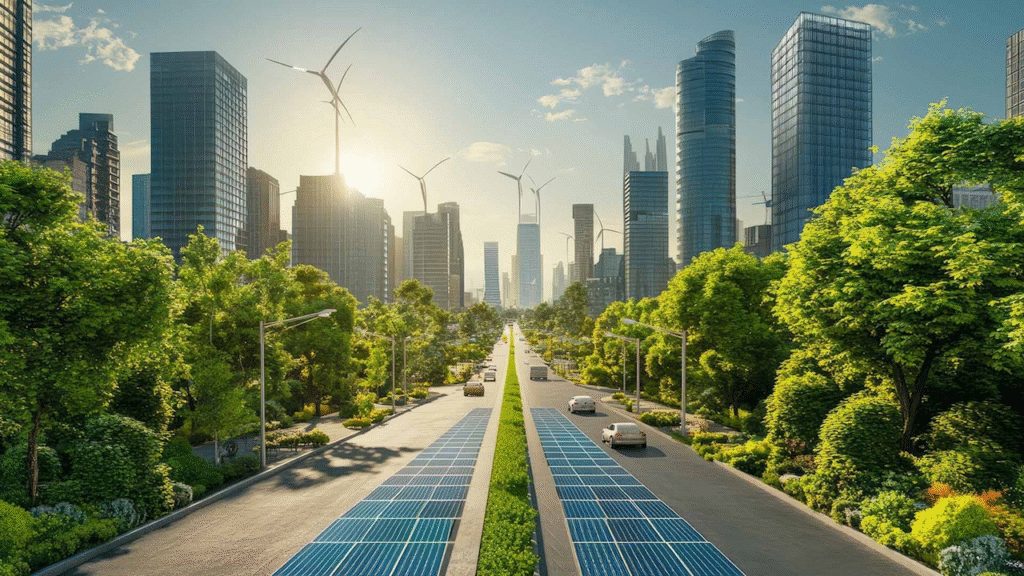
Technology is playing a major role in making eco-friendly living more practical and affordable. Smart home systems allow residents to monitor energy use, reduce waste, and cut costs. Advanced insulation materials keep homes cooler in hot climates and warmer in cold ones, reducing the need for excessive heating or cooling.
Solar energy has become more affordable, and new innovations in battery storage make renewable energy more reliable. Even artificial intelligence is being used to design buildings that use less energy and provide better living conditions.
The Future of Eco-Friendly Living
Experts believe that in the next two decades, eco-friendly living spaces will become the standard rather than the exception. Governments are tightening environmental regulations, and younger generations particularly millennials and Gen Z are more likely to prioritize sustainability when buying homes.
We are likely to see:
- Entire neighborhoods built around renewable energy.
- Smart cities where waste, energy, and water are managed sustainably.
- Eco-communities with shared gardens, co-working spaces, and car-free streets.
This shift is not only about protecting the environment it is about creating healthier, smarter, and more livable cities.
Final Thoughts
The rise of eco-friendly living spaces reflects a new chapter in urban life. People no longer want just concrete walls and stylish interiors they want homes that connect them to nature, reduce costs, and improve their well-being.
As cities continue to grow and the world faces climate challenges, eco-friendly housing is not just a lifestyle choice it is a necessity. The real estate industry, governments, and residents all have a role to play in making green living the new normal.
READ MORE:- Inside the World of Business Acquisitions: Secrets of Corporate Growth 2025



